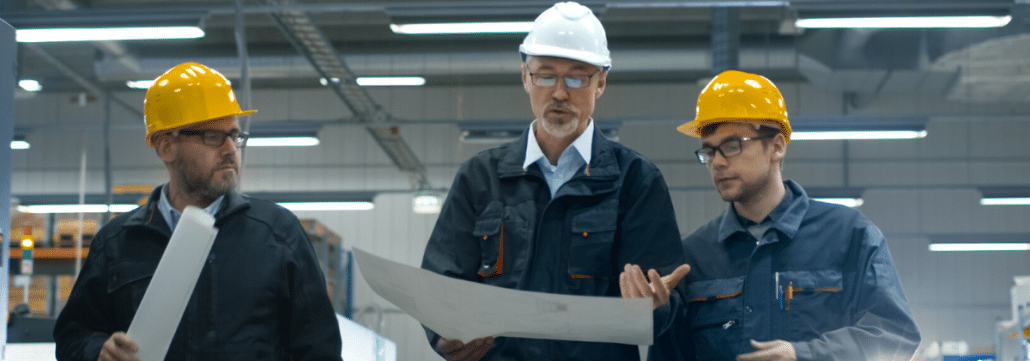The long-standing best practice of monitoring asset conditions for early signs of failure has saved industrial organizations untold millions of dollars. Its longevity is a testament to its success in helping to avoid unplanned downtime and improve safety, productivity, and operational performance. What is remarkable is how the once-manual exercise has evolved into an automated, digital, science-based practice.
Today, human and machine intelligence coexist and grow with modern condition monitoring technology. Sophisticated analytics powered by machine learning (ML), intuitively applied by skilled workers, are propelling asset reliability, availability, and uptime to higher levels.
Journey to excellence
Fewer of us remember when machine condition monitoring was limited to technicians with deep equipment and process expertise. Through their eyes, ears, nose, or hands, they could sense when something was awry and search their memories, P&ID schematics, trend charts, and historical records to diagnose and correct impending problems.
Recognizing the immense value of the practice and the risks of relying on pockets of expertise, tools began rolling out to sharpen condition monitoring and analysis. Route-based inspections using techniques such as vibration analysis, oil analysis, and infrared thermography became the norm, and software and data historians were implemented to encapsulate the information.
Now, in the era of the industrial internet of things (IIoT), cloud- and network-connected assets have smart sensors automatically harvesting condition data and fueling cutting-edge analytics and diagnostics. It is here where human and machine intelligence come together to elevate predictive maintenance, enable prescriptive maintenance, and optimize business outcomes.
Tignis harnesses this capability in our physics-driven approach to monitoring the condition of connected mechanical systems. It is not enough to monitor individual assets; automated, continuous system monitoring enables unprecedented reliability and efficiency improvements.
Using ML algorithms and digital twins, Tignis analyzes mechanical system connectivity; monitors changes in physical properties such as temperature, pressure, or water volumes; weighs the significance within the operational systems; and offers detailed recommendations. Because it applies the physics of flow — whether of fluid, water, electricity, mechanical energy, or heat – it increases the speed and accuracy of fault detection, reduces false positives, and delivers unique insights into anomalies that help with diagnostics, root cause analysis, and decision-making.
Why blending human and machine learning matters
ML algorithms and associated data continually self-improve by design. For this reason, some users may perceive the technology to be a threat to their job. In reality, the roles are complementary, and the human element is indispensable. The intelligent analytics must be successfully applied, and that requires skilled workers with a penchant for continuous learning.
Tignis facilitates learning. Visualization of ML analytics in a digital twin allows users to rapidly recognize where and why degradation exists in the mechanical system, process, or operation. They can drill down for further details, compare current and historical IIoT sensor data, and quickly define and execute the best course of action to eliminate or mitigate the issue.
Learning is accelerated with cloud-enabled remote monitoring and automated alerts providing real-time visibility for authorized operators, technicians, reliability engineers, or other concerned users – no matter where they are located. Collaboration capabilities allow internal teams to work together on issues and consult with Tignis data scientists or subject matter experts when needed.
There is no better way to show how much you value your personnel than to enrich their expertise and facilitate continual learning. Their success is your success.








